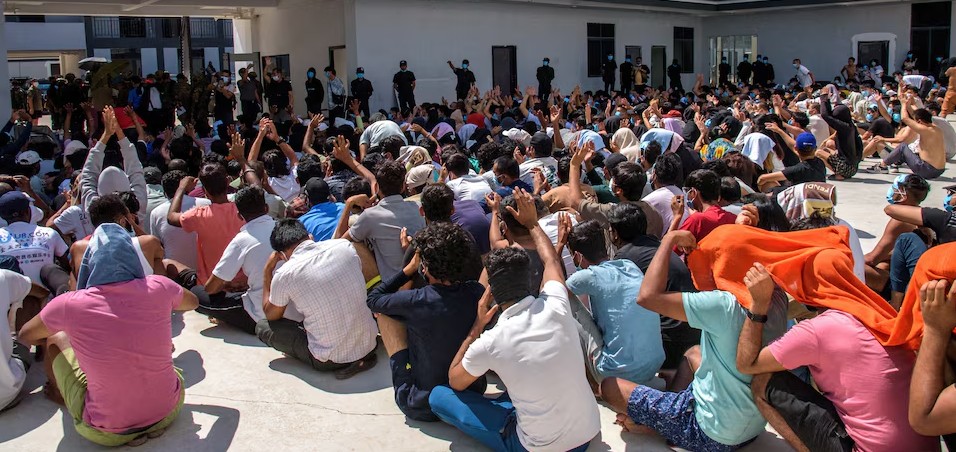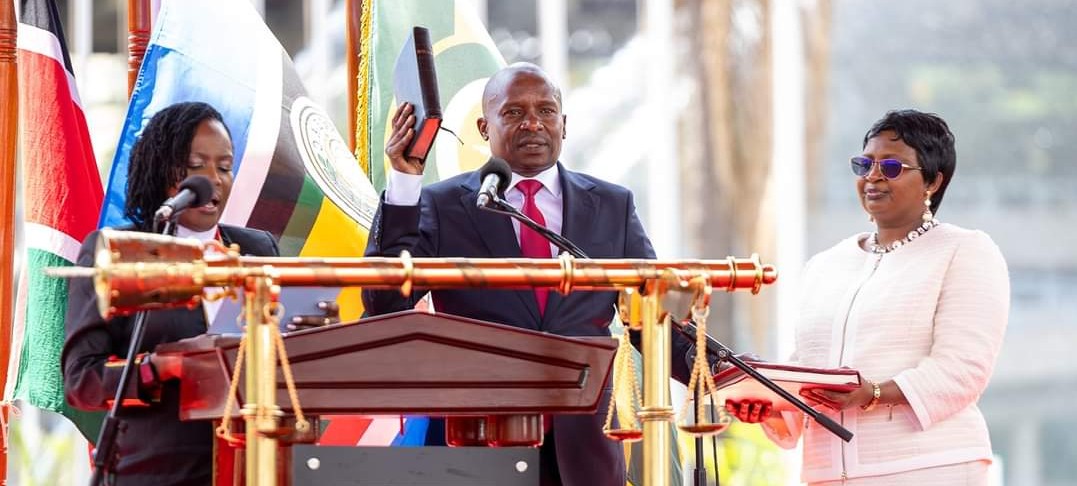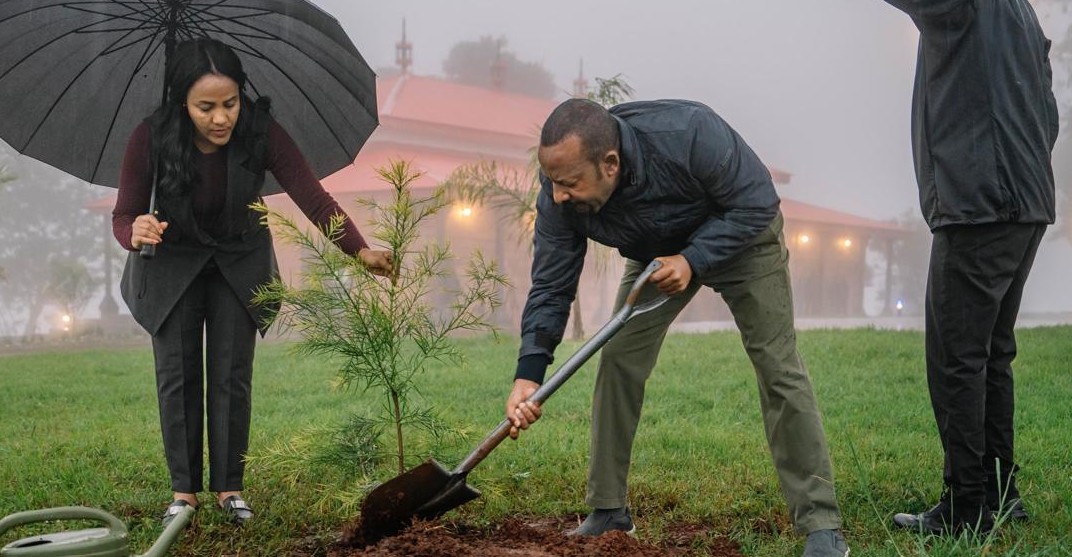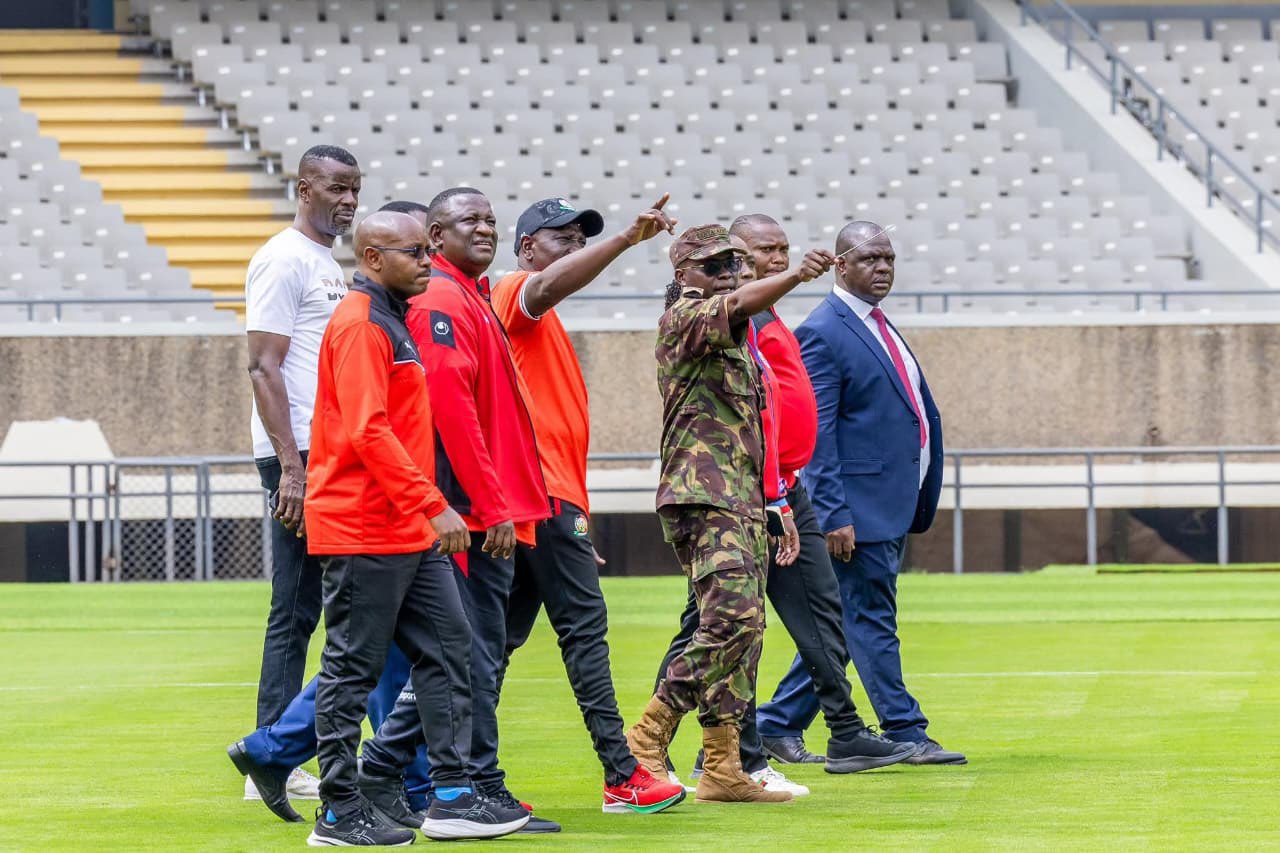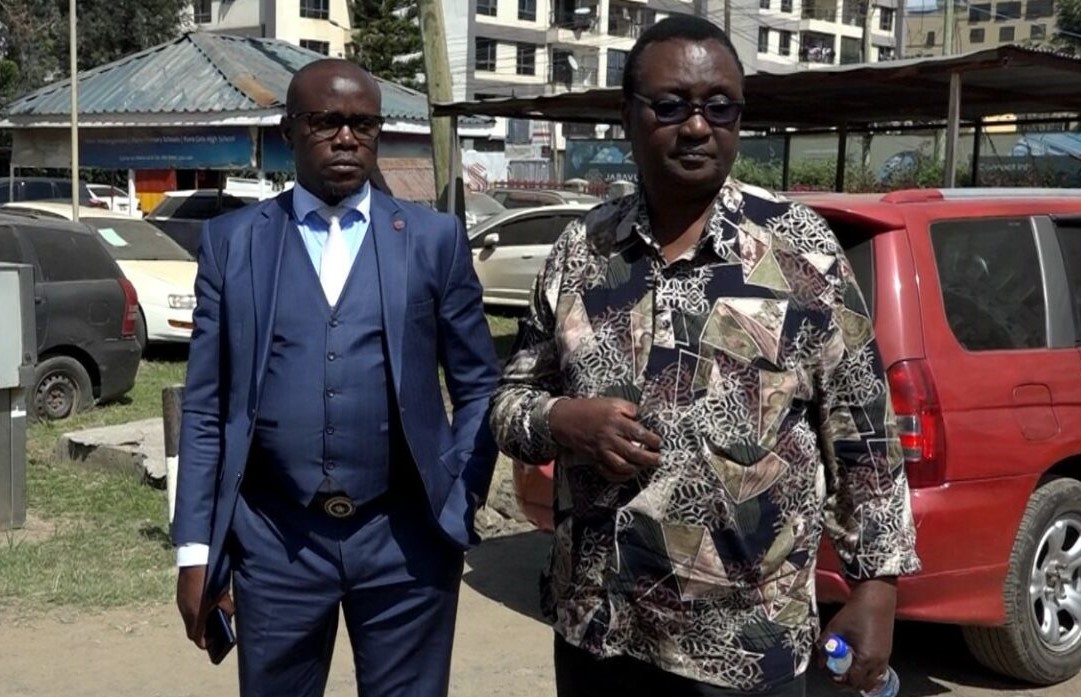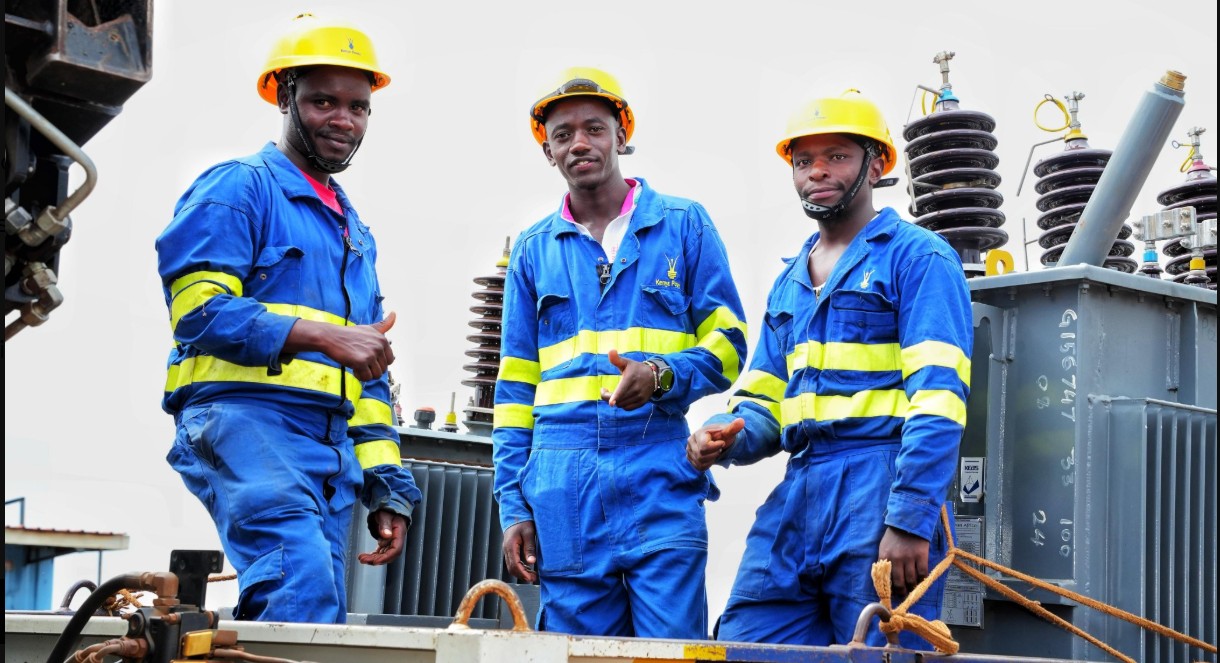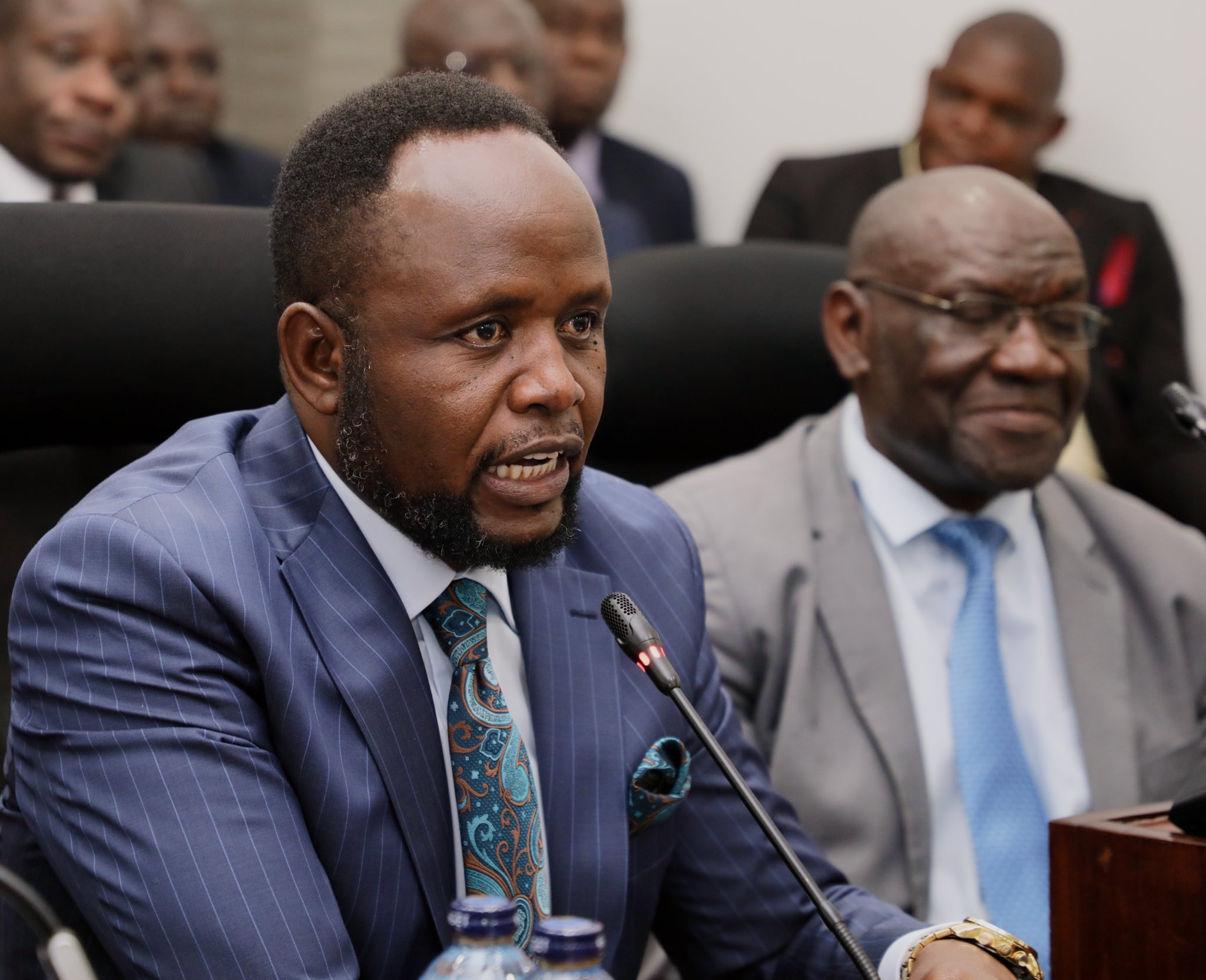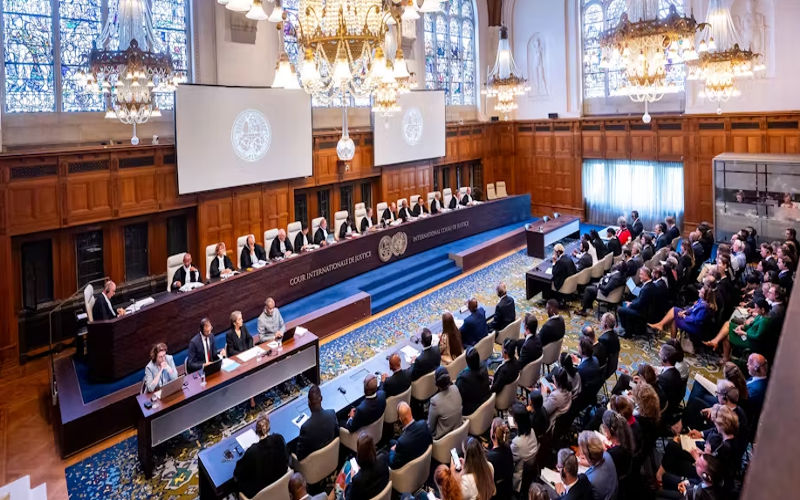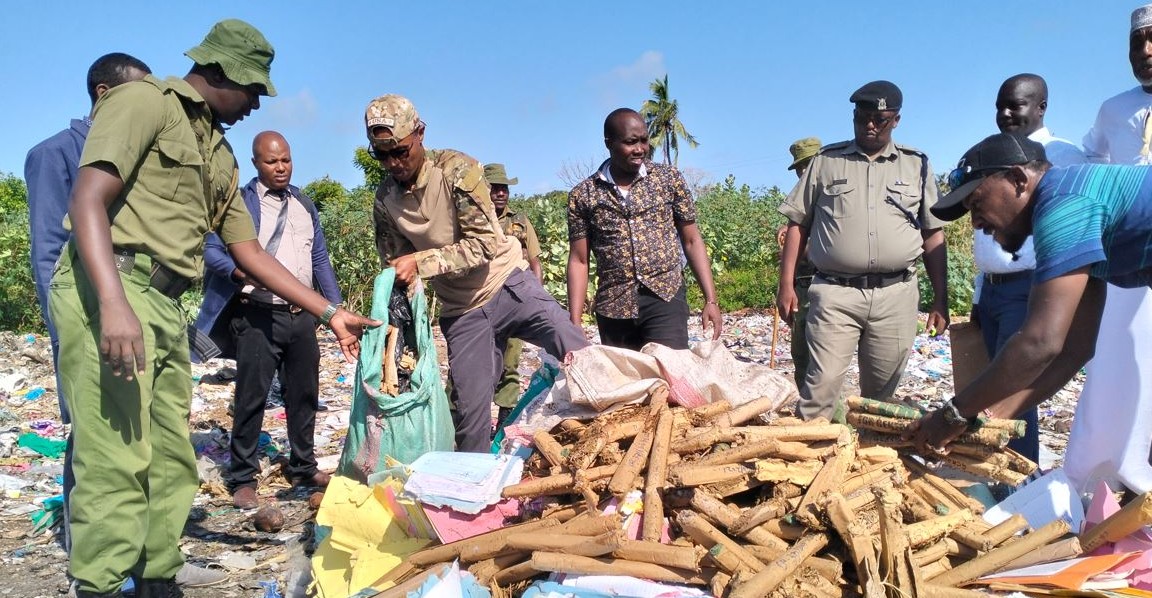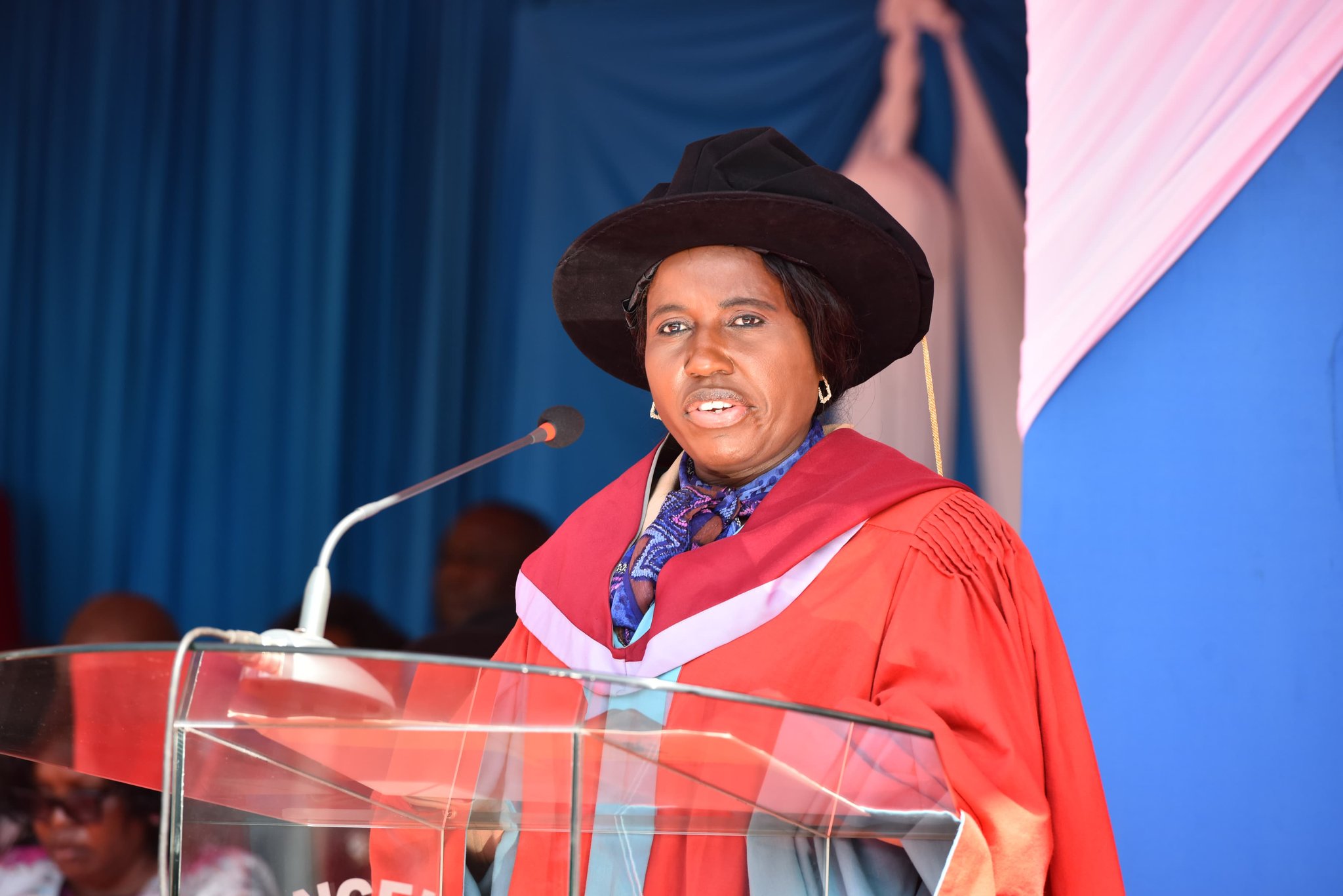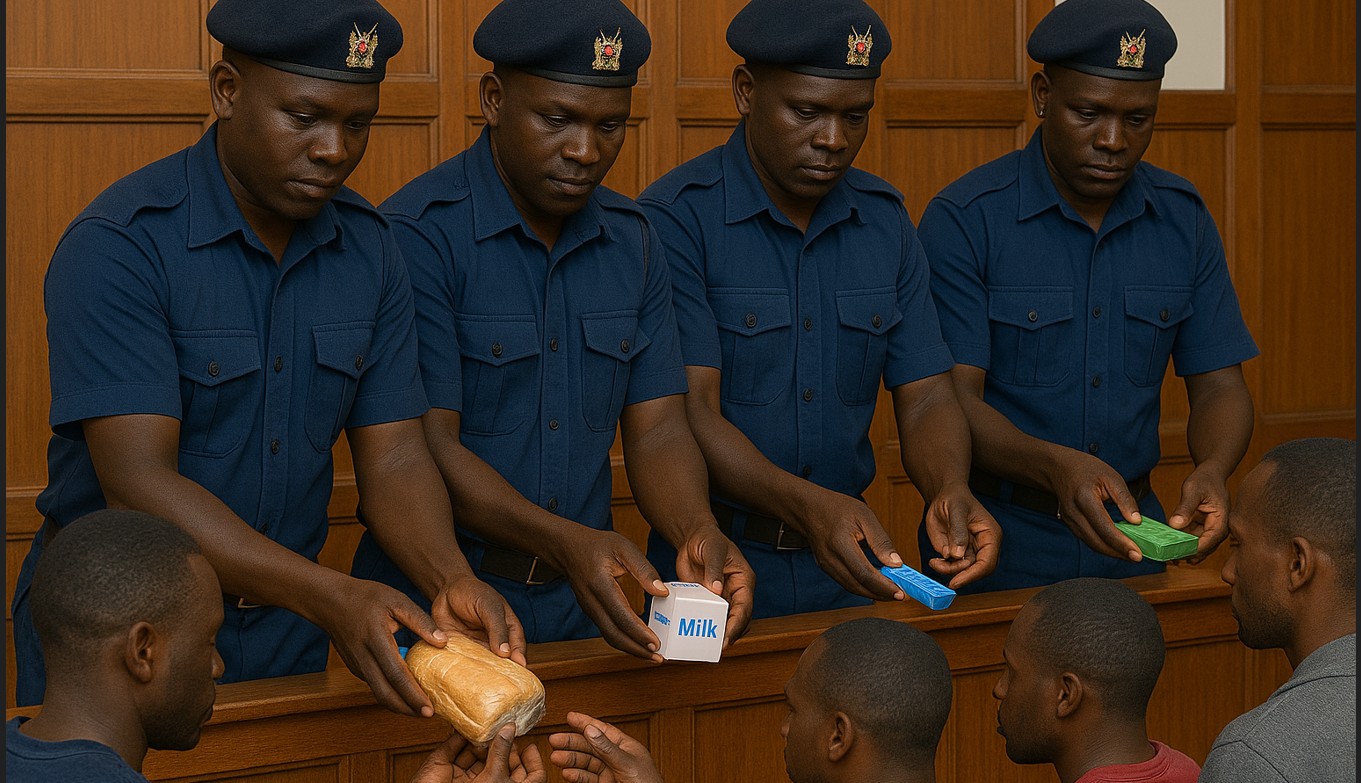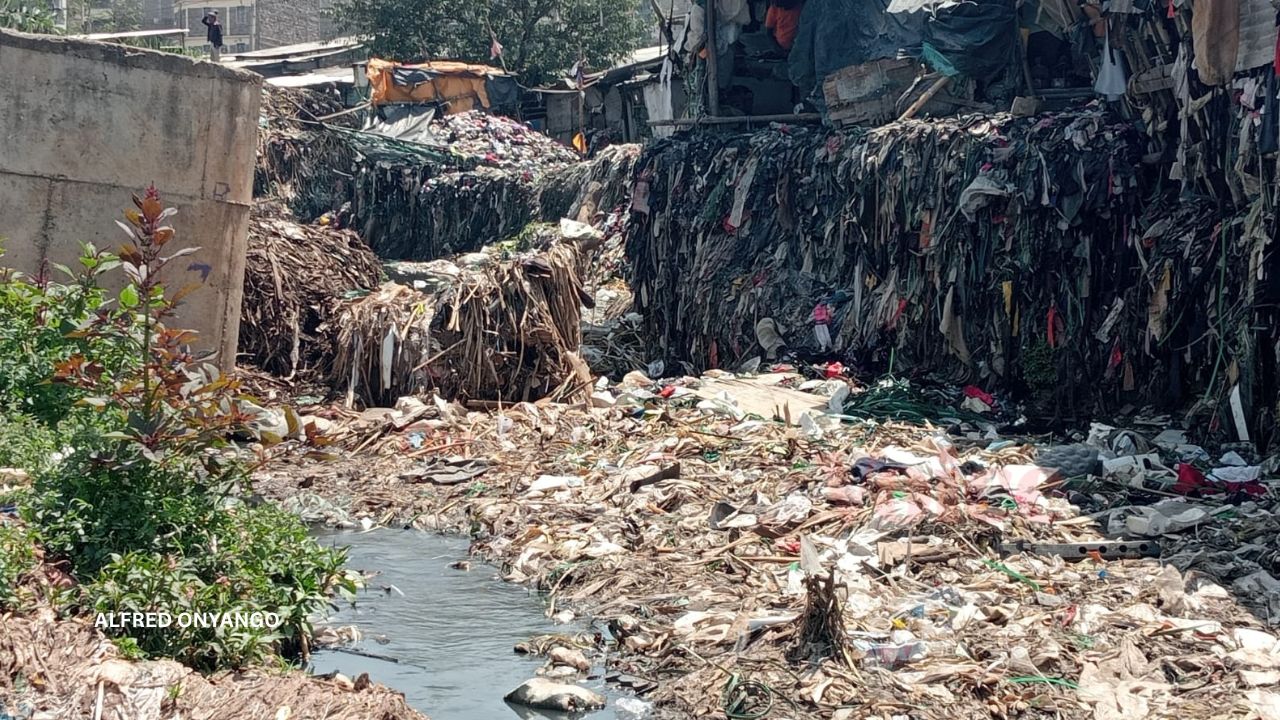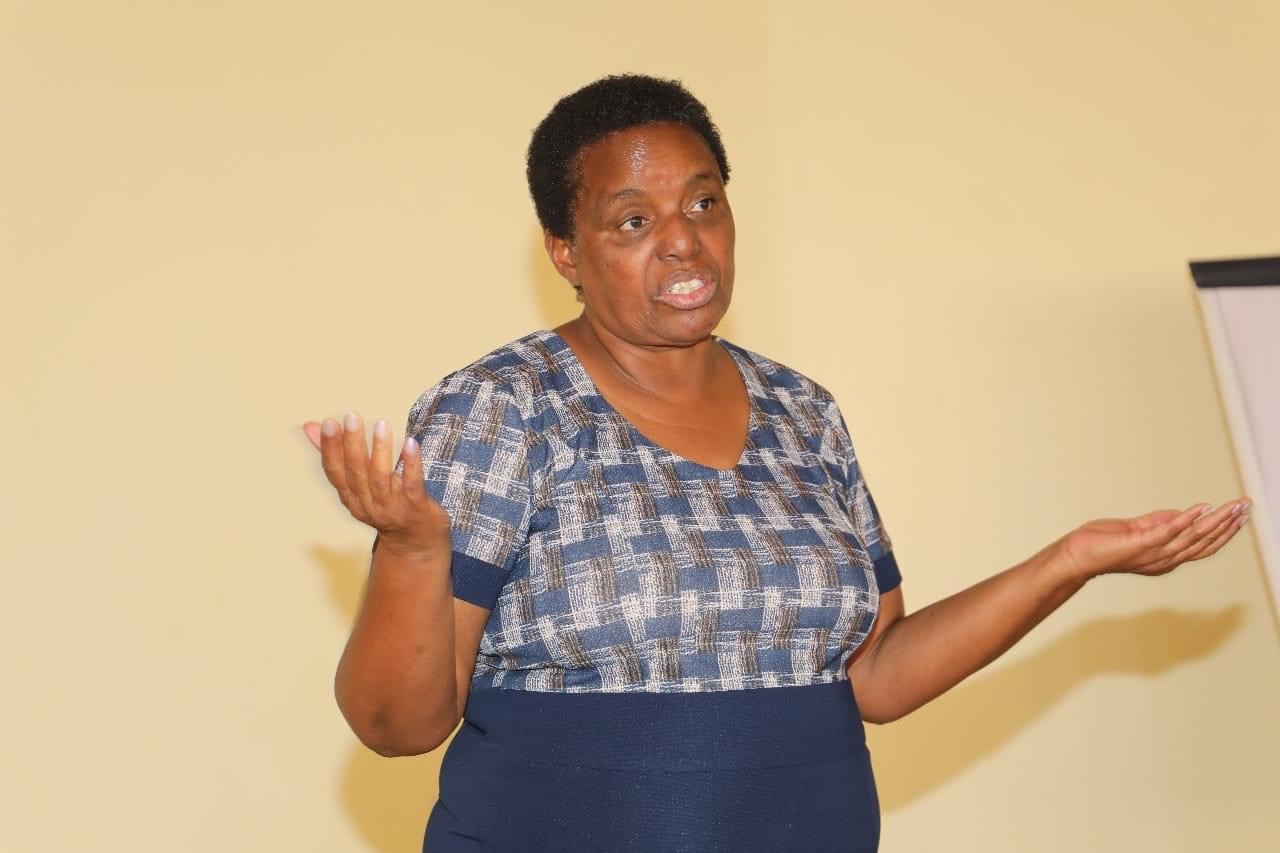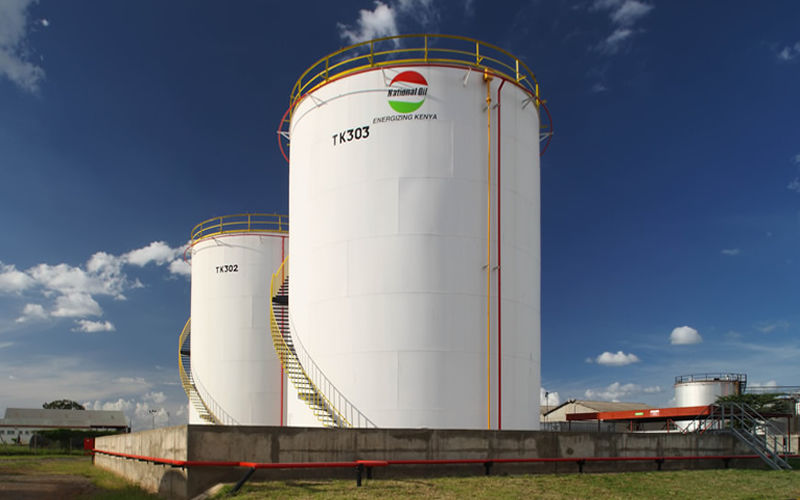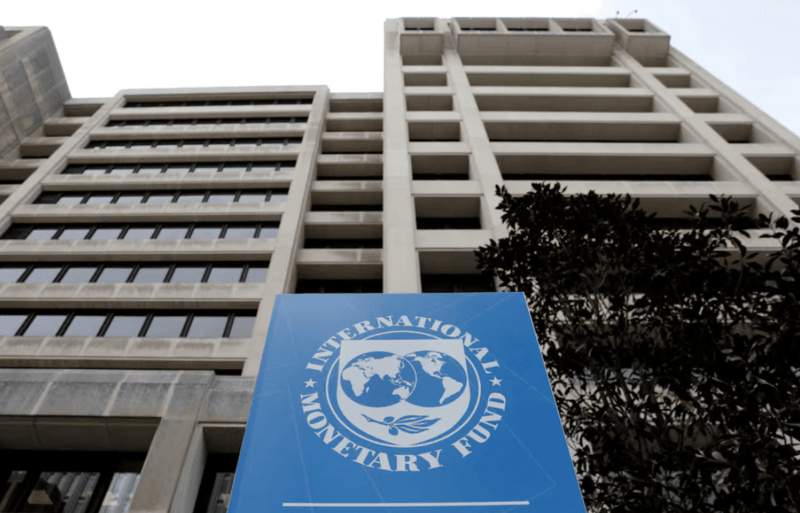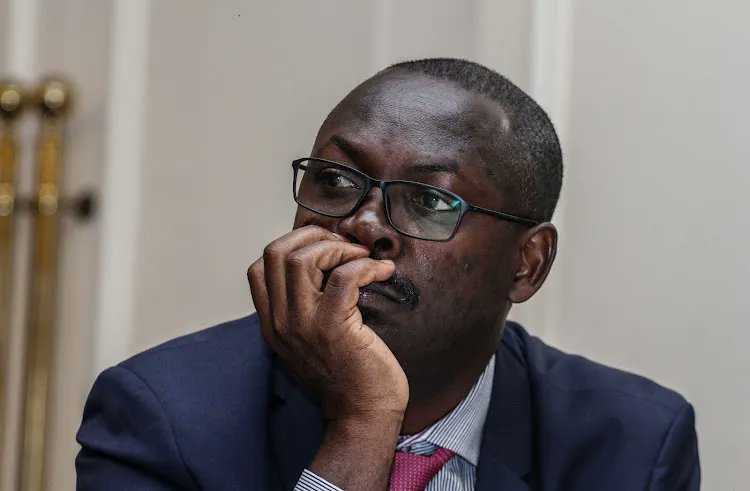Kenya’s police still kill with impunity – what needs to be done to stop them
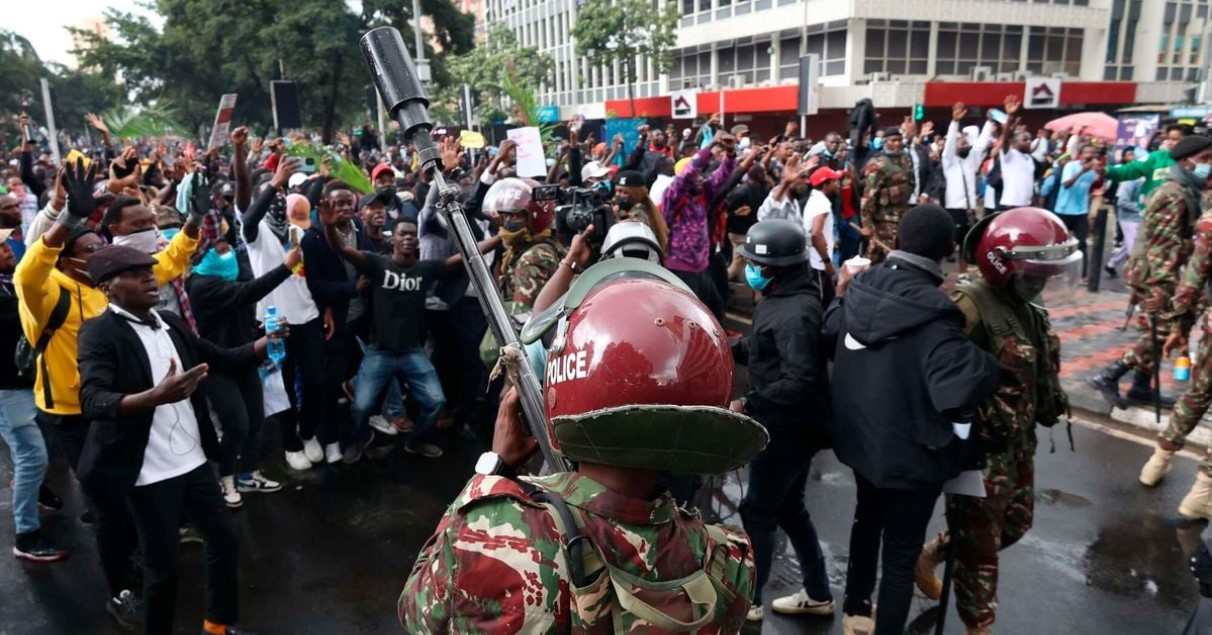
Days ahead of the first anniversary in Kenya of the Gen Z-led anti-government protests that resulted in at least 60 deaths and displays of police brutality, news broke that Albert Ojwang, a young Kenyan blogger, had died in police detention.
Kamau Wairuri, Edinburgh Napier University
More To Read
- Court to rule in October on its jurisdiction in case seeking DIG of Police Lagat's suspension
- Suspect accused of 'swapping' OCS Talaam's SIM detained pending charge sheet review
- OCS Talaam ordered to vacate house, surrender police gear after interdiction
- LSK faults IPOA over inaction, urges tougher oversight, compensation for police brutality victims
- Rex Masai killing: Photojournalist tells court he filmed police officer Murangiri pull trigger
- MPs order IG of Police Kanja to immediately hand over HR, payroll functions to NPSC
Days ahead of the first anniversary in Kenya of the Gen Z-led anti-government protests that resulted in at least 60 deaths and displays of police brutality, news broke that Albert Ojwang, a young Kenyan blogger, had died in police detention. Kamau Wairuri who has studied the politics of policing in Kenya, sets out why these events aren’t outliers, what efforts have been made to reform Kenya’s security forces, and what still needs to be done.
When did this all begin?
Recent events are part of a long history of police brutality in Kenya that can be traced back to colonial times.
Historians (colonial and post-colonial Kenya) such as David Anderson and Caroline Elkins present gruesome details of how state authorities brutalised indigenous Africans during colonial times.
The colonial origins of the police – largely modelled along the approaches of the Royal Ulster Constabulary known for its brutality in Ireland – partly explains why Kenya’s policing is the way it is. The police force was never designed for service. It was designed to safeguard the interests of the white minority ruling elite.
While there have been important changes in the architecture of policing since independence, subsequent post-colonial Kenyan regimes have adopted the same brutal approaches to stay in power. My previous work demonstrates this use of state security apparatuses to enhance the capacity of incumbents to crack down on opposition protests.
The brutal policing experienced under the current Kenya Kwanza regime falls within this broader historical trajectory.
The ruling elite see and use the police as their last line of defence against challenges to their misrule.
But police brutality goes beyond the policing of politics to everyday crime control. Police violence is a common occurrence, especially against poor young men.
What’s changed
Kenya’s history has been marked by strong agitation for justice and reform. Again, this goes back to colonial times.
There have been important legal and institutional changes since independence. The most important was the disbandment of the Special Branch in 1998, an intelligence unit of the police responsible for political repression. It was replaced by the National Security Intelligence Service. This then became the National Intelligence Service.
The most important changes came about through the constitutional reform of 2010. This saw a change in the architecture of the police, including:
- Bringing the Kenya Police and Administration Police under a singular command
- The establishment of accountability mechanisms, including the Internal Affairs Unit, the National Police Service Commission and the Independent Policing Oversight Authority.
Internal Affairs, a unit within the police service, is supposed to investigate police misconduct. The policing oversight agency is a civilian-led institutions with a similar mandate. Ideally, the two institutions should work together in executing crucial investigations. Internal affairs should provide access to information from within the police service that would be difficult for outsiders to access.
The National Police Service Commission was set up to handle the management of personnel. It’s mandated to address the challenges of corruption, nepotism and negative ethnicity that have characterised recruitment into the police service.
But it’s clear from the continued police brutality that these institutions aren’t achieving the intended effect. This means that police officers can expect to continue acting with relative impunity despite the control measures in place.
What still needs to be done
Policing is often imagined as the investigation of crimes, arresting suspects, and presenting them to court for prosecution and punishment if guilty. In Kenya, the actions of the police often appear to substitute for the entire criminal justice system.
In many cases, officers go beyond the metaphor of judge, jury and executioner to also become the complainant, mortician and undertaker. For instance, Mbaraka Karanja died in police custody in 1987, and officers proceeded to incinerate his body.
In my view, the brutality won’t end until the following steps have been taken.
First, the National Police Service Commission needs to reclaim its mandate. It seems to have completely abdicated its duty, transferring crucial responsibilities back to the inspector general of the police service. As the human resource unit of the police, the commission has an important role in professionalising the service and maintaining discipline. It’s presently not doing so.
Second, the Internal Affairs Unit needs to be strengthened and given more autonomy. So far, it has been difficult to assess the effectiveness of the unit given the secrecy that characterises the police service. A better-resourced unit will enhance investigations of police misconduct. It would unearth obscure squads within the police service and reveal evidence to help identify perpetrators.
Third, the Independent Policing Oversight Authority needs to defend its independence and develop popular legitimacy. With its limited success in prosecuting police officers, despite the prevalence of police abuse, many Kenyans have lost confidence in it. Crucially, the authority has failed in its deterrence role.
Fourth, the independence of the National Police Service needs to be safeguarded. The police service leadership continues to serve at the pleasure of the prevailing regime. This, in turn, shapes the priorities of the service. Inspectors-general have been forced to resign. President William Ruto confessed to having fired the director of criminal investigations when he took power. Ruto had initially claimed that the director had resigned.
Crucially, and in fifth place, there needs to be a change in policing culture alongside broader governance culture in Kenya. Impunity is rampant across the public service. Kenya won’t have a highly accountable police force while other agencies and senior officials are operating with significant impunity.
Identifying the levers of cultural change isn’t easy. There are many proposals to alter policing culture. These include a complete redesign of Kenya’s Penal Code to dislodge its colonial roots, transforming the training of police officers, and strengthening the policing oversight authority’s capacity to investigate cases.
But, in my mind, a crucial starting point is citizen agitation and demand for accountability. The light that Gen Z protesters, the media and civil society organisations are shining on police abuses should be encouraged. A clear signal that Kenyans will no longer tolerate police abuse is crucial for culture change within the service and among the political elite.
However, this needs to be understood within the reality that many Kenyans support police violence, believing it to be the most effective way of dealing with crime, as my earlier research demonstrates. In another study, I note how police abuse is endorsed by politicians and religious leaders as a way of responding to crime and punishing groups of people they don’t like.
Combined with ineffective accountability mechanisms, this popular support for police violence, both tacit and explicit, gives the police the belief that they are the thin blue line between order and chaos. They have the popular mandate to use any means they consider necessary, often brutal violence, to keep society safe.
The Conversation
Kamau Wairuri, Lecturer in criminology, Edinburgh Napier University
This article is republished from The Conversation under a Creative Commons license. Read the original article.
Top Stories Today
